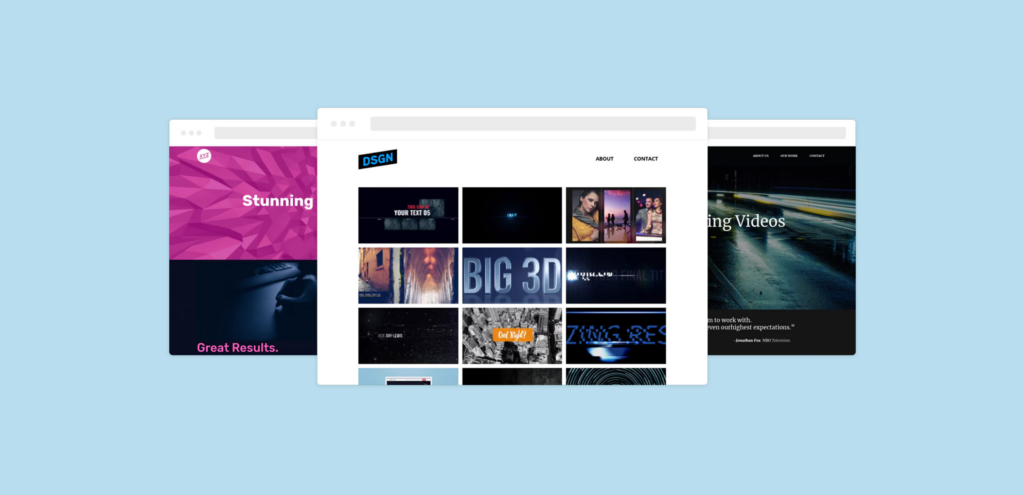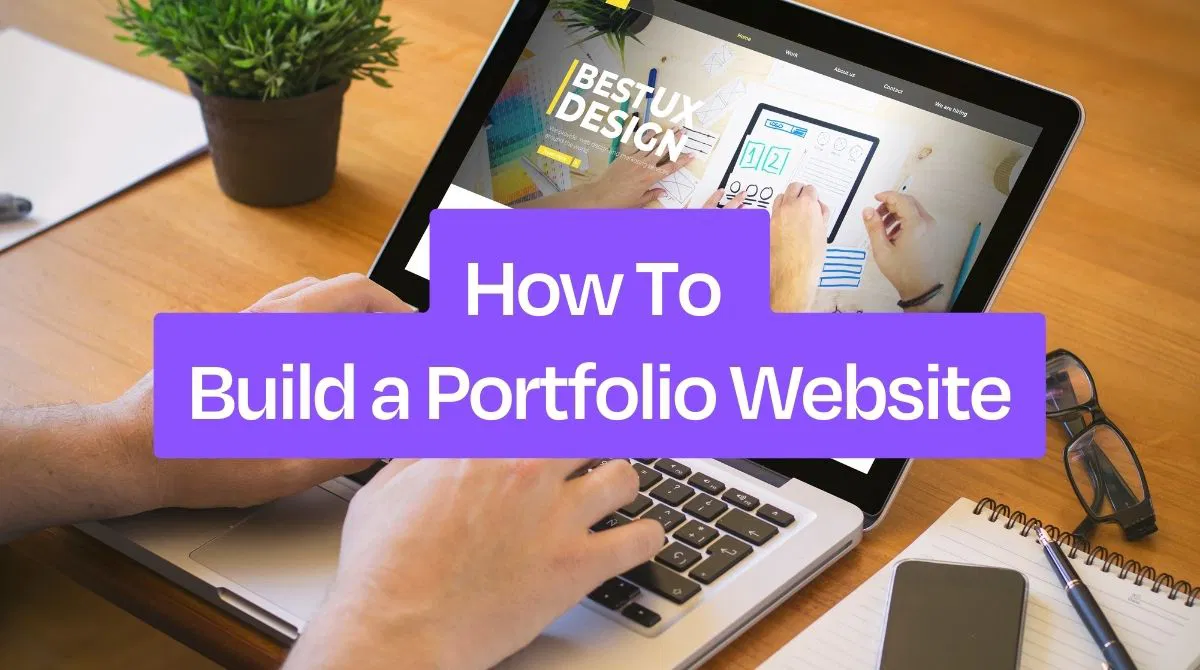A portfolio website is more than just an online résumé—it’s your opportunity to showcase your expertise, creativity, and personality. Whether you’re a developer, designer, or creative professional, having a compelling portfolio is essential. Here’s a step-by-step guide to help you build an outstanding portfolio website that attracts opportunities.
1. Define Your Purpose and Target Audience
Before diving into design and development, get clear on your goals. Are you looking to land freelance gigs, secure a full-time job, or network with industry peers? Define your target audience and craft a strategy to display work that resonates with their expectations.
2. Choose the Right Tech Stack
To create a polished and functional portfolio, selecting the right tools is key. If you’re a developer, Express.js is an excellent choice for creating efficient APIs that enhance your site’s functionality. For those unfamiliar, this introduction to Express.js provides a solid starting point.
3. Showcase Your Best Work
Focus on presenting the projects that demonstrate your core skills. Quality matters more than quantity—highlight a handful of standout projects, and include:
- Visuals: Use screenshots or demo videos.
- Descriptions: Explain the problem, your approach, and the results.
- Tech Used: Mention the tools, languages, or frameworks employed.

4. Design for an Exceptional User Experience
A portfolio website needs to look professional and be easy to navigate. Prioritize:
- Responsiveness: Ensure your site works on all devices.
- Clarity: Organize sections logically, with a clean layout.
- Visual Appeal: Choose a consistent color scheme and typography.
5. Include Testimonials and Ratings
Nothing builds trust like social proof. If you’ve worked with clients or contributed to projects, request testimonials or display reviews. Learn how to evaluate and feature client ratings effectively through this guide on checking developer reviews and ratings.

6. Create a Strong “About Me” Section
Your “About Me” page should go beyond listing skills—it should tell your story. Highlight:
- Your background and experience.
- Your mission and values.
- What you bring to the table for potential clients or employers.
Include a downloadable résumé link and links to your LinkedIn or GitHub profiles for added credibility.
Quote: “A great portfolio doesn’t just tell people what you can do—it shows them what you’ve done and why you’re the right choice.”
7. Write a Blog to Boost Engagement
Adding a blog to your portfolio website can establish you as an expert in your field. Write posts that answer common questions or share insights into your process. For example, a blog titled “How I Built My Portfolio Website” can resonate with other professionals.
8. Implement SEO Best Practices
Optimize your portfolio for search engines to ensure it reaches your target audience. Key tips include:
- Using keywords like portfolio website design, freelance developer, or hire me for projects.
- Adding alt text to all images.
- Writing compelling meta descriptions for every page.
9. Promote Your Portfolio
Once your portfolio is ready, promote it on professional platforms. Freelancers can also benefit by posting job opportunities to attract clients. Learn how to craft an effective job post using this guide on Efrelance.
10. Keep It Updated
Your portfolio should evolve with your career. Regularly add new projects, update skills, and refresh your design to stay current.
Conclusion
A portfolio website is an essential tool for showcasing your talents and connecting with opportunities. By following these steps, you can create a website that stands out and leaves a lasting impression on your audience.









